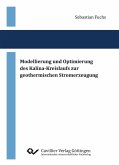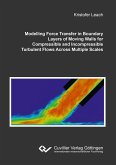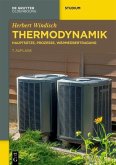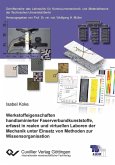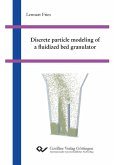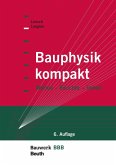The optimization of combustion in reciprocating engines necessitates an in-depth understanding of the underlying processes as well as accurate and comprehensive physical models. In this respect, the current knowledge on the last stage of combustion in which the flame interacts with the combustion chamber walls is limited. Hence, the objective of this book is to improve the understanding of flame-wall interaction and its modelling. Using a comprehensive analysis of the existing literature on flame-wall interactions as a starting point, the quenching process in a direct-injection spark-ignition engine is investigated via a combination of highly resolved wall heat flux measurements and extensive numerical simulations in order to gain insight into the underlying physical processes. Building on the results, a consistent modelling approach is systematically derived based on the physics of flame quenching and post-flame oxidation. The resulting flame-wall interaction model is based on the G-equation combustion model and incorporates the effects of flame quenching and near-wall turbulence. Finally, the model is applied to simulate combustion in a turbulent channel flow as well as in spark-ignition engines. The results are highlighting the importance of flame-wall interactions for premixed combustion processes in engines and their prediction via simulation.
Dieser Download kann aus rechtlichen Gründen nur mit Rechnungsadresse in A, B, BG, CY, CZ, D, DK, EW, E, FIN, F, GR, HR, H, IRL, I, LT, L, LR, M, NL, PL, P, R, S, SLO, SK ausgeliefert werden.



